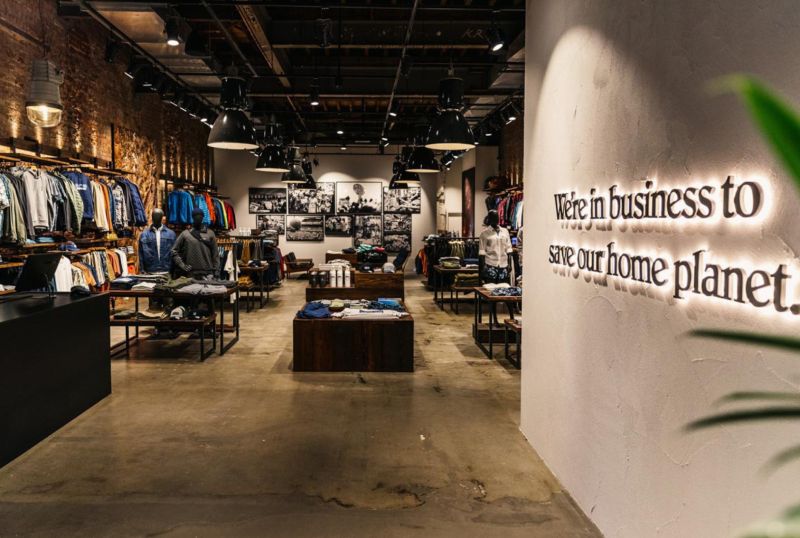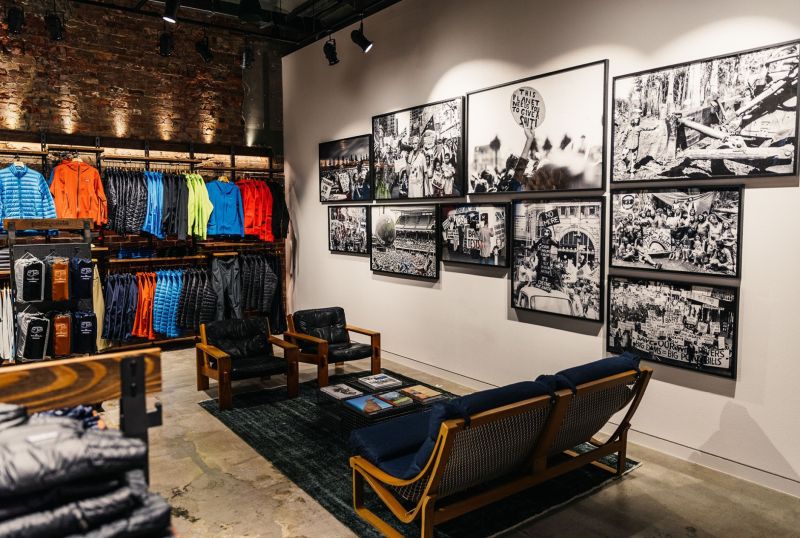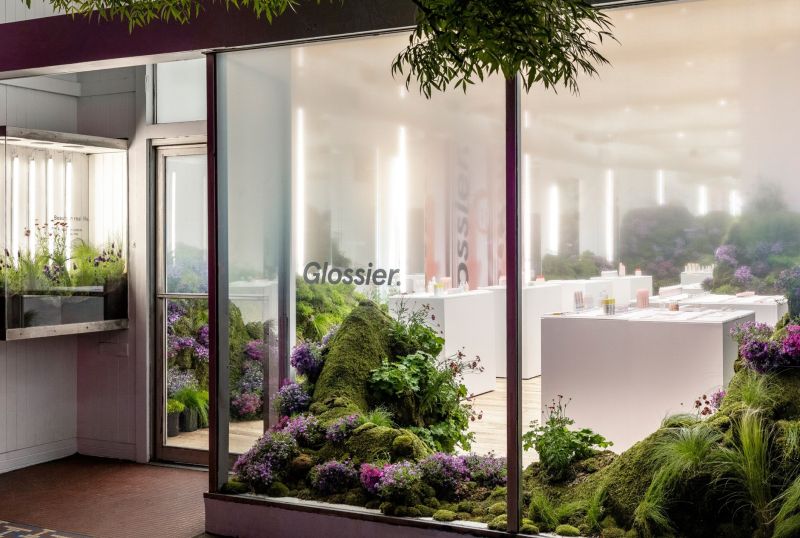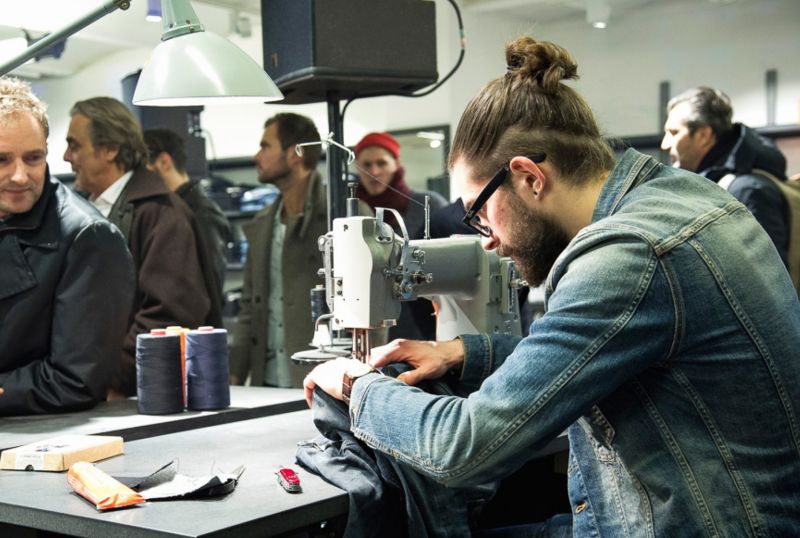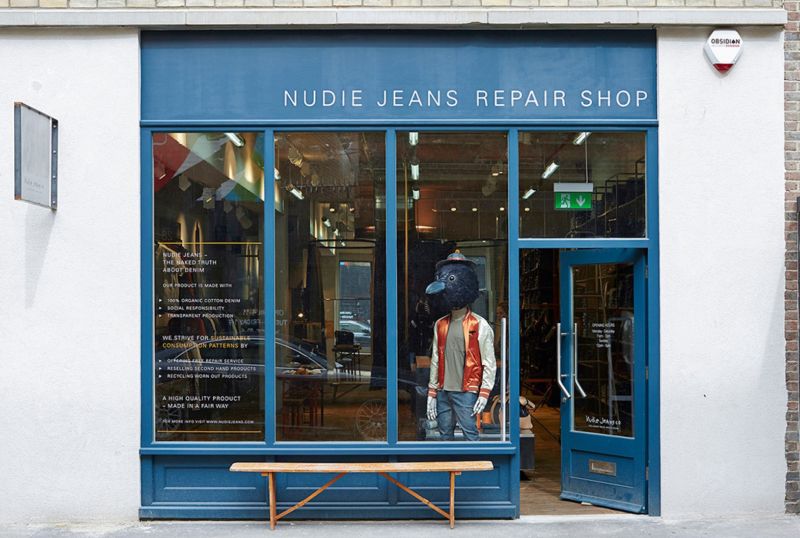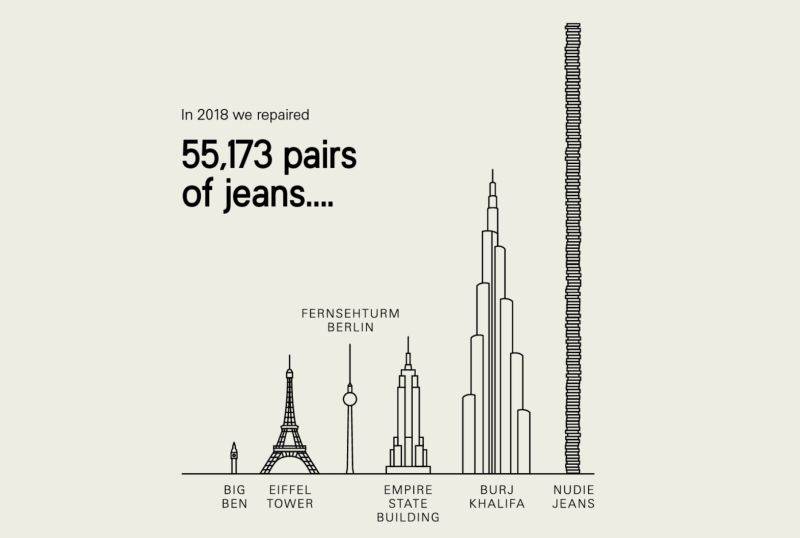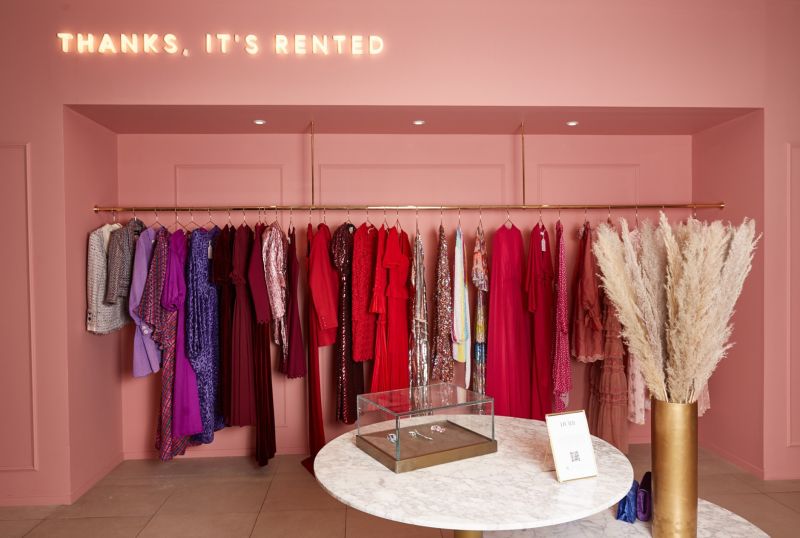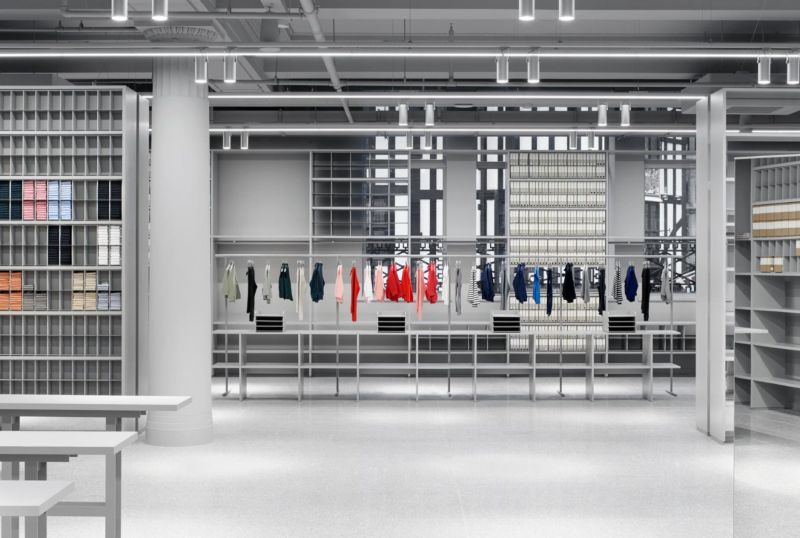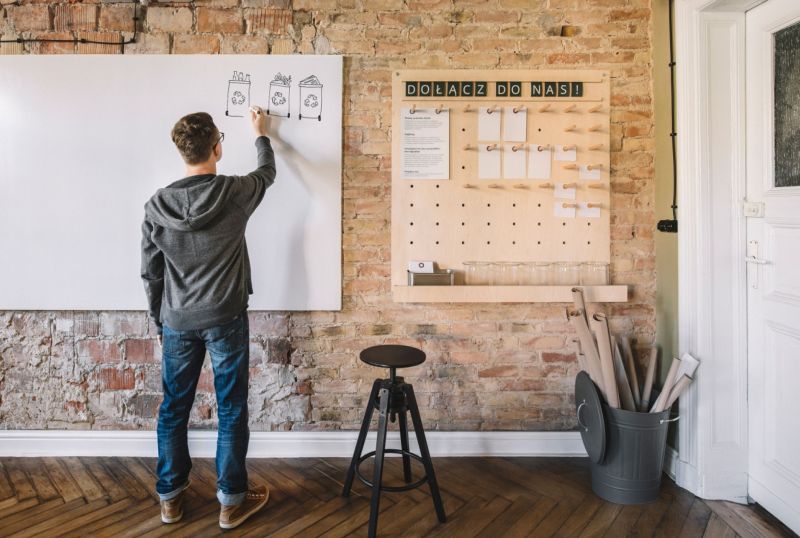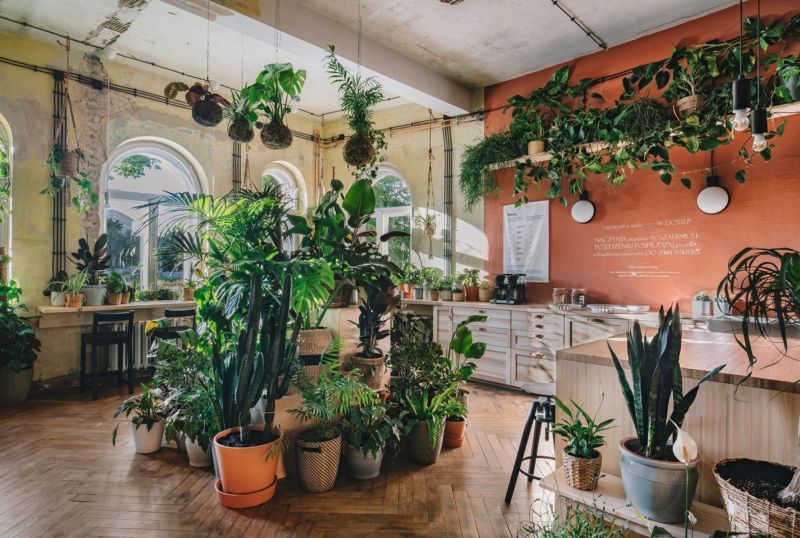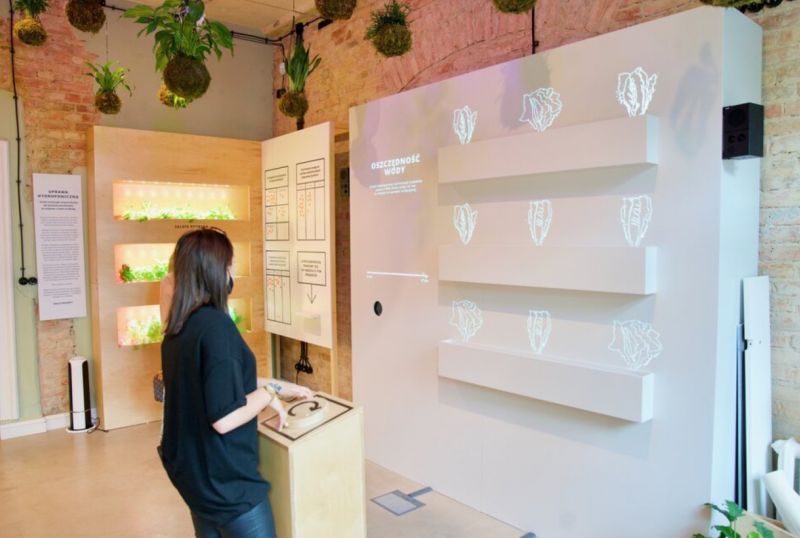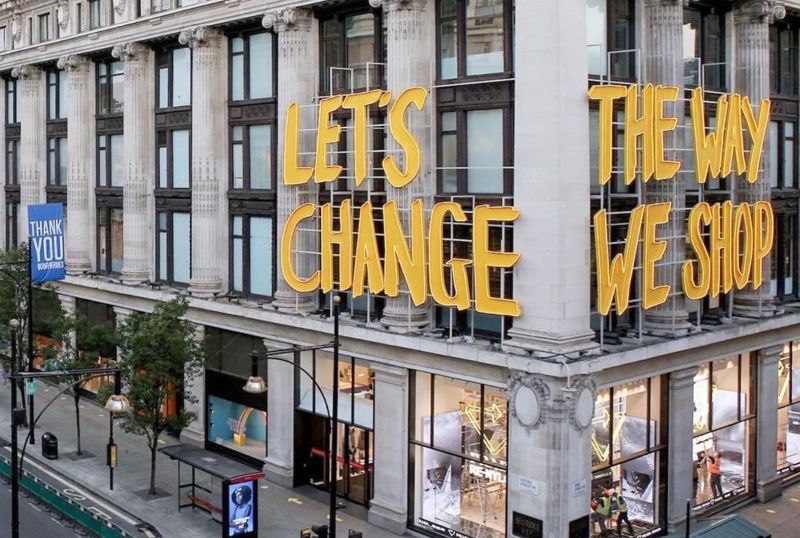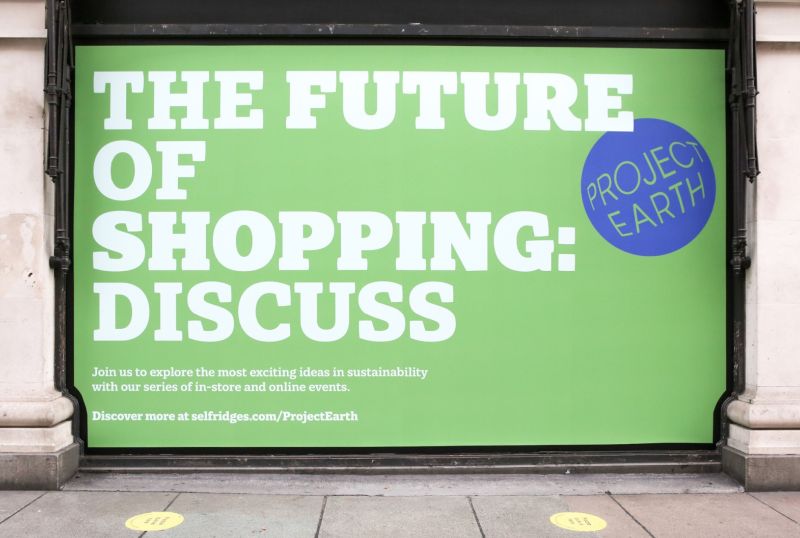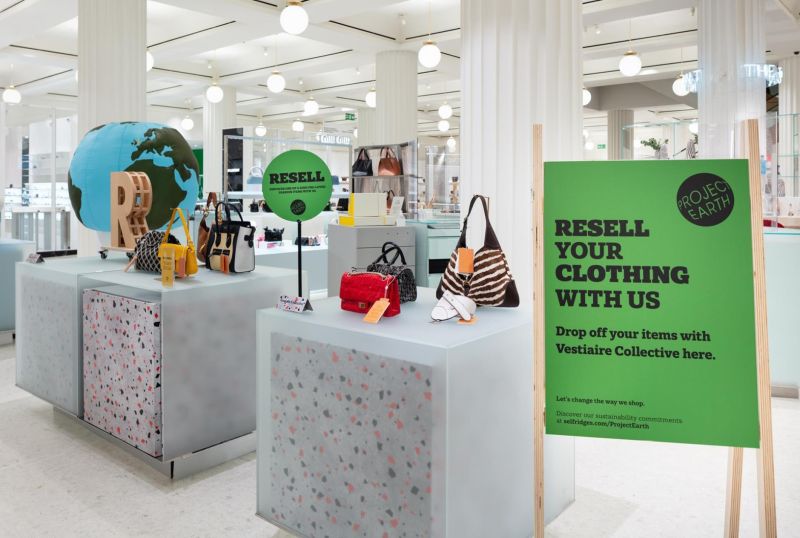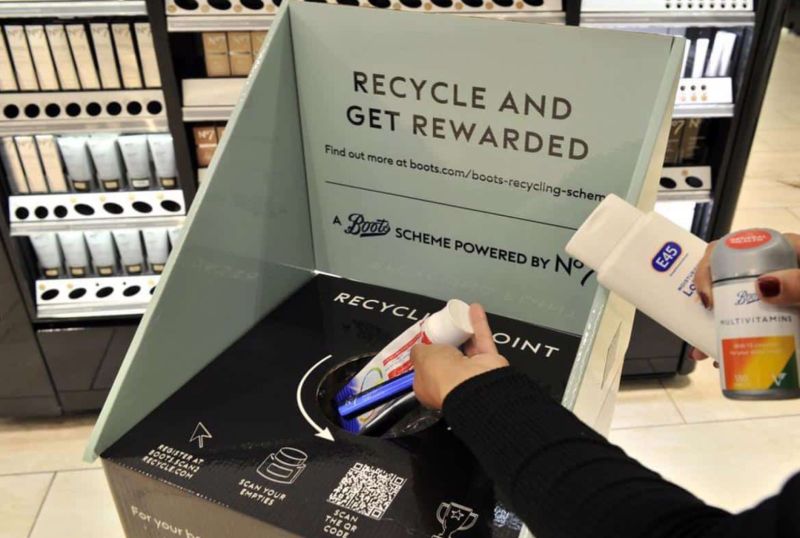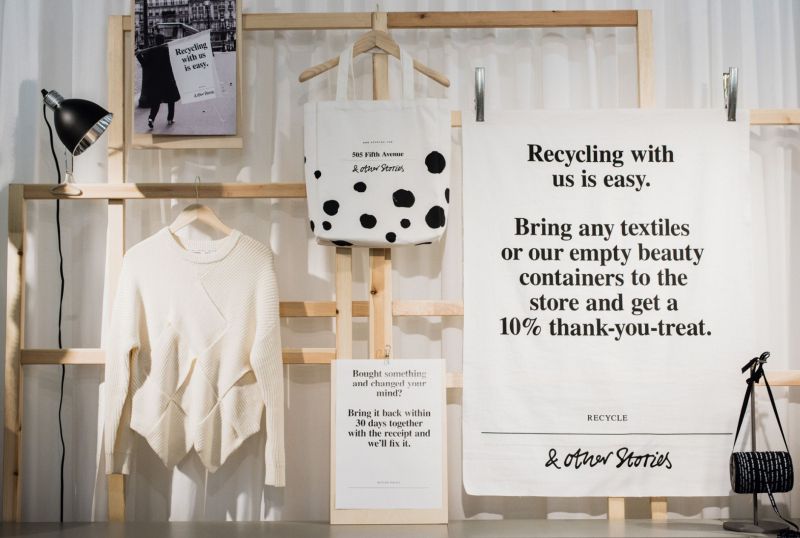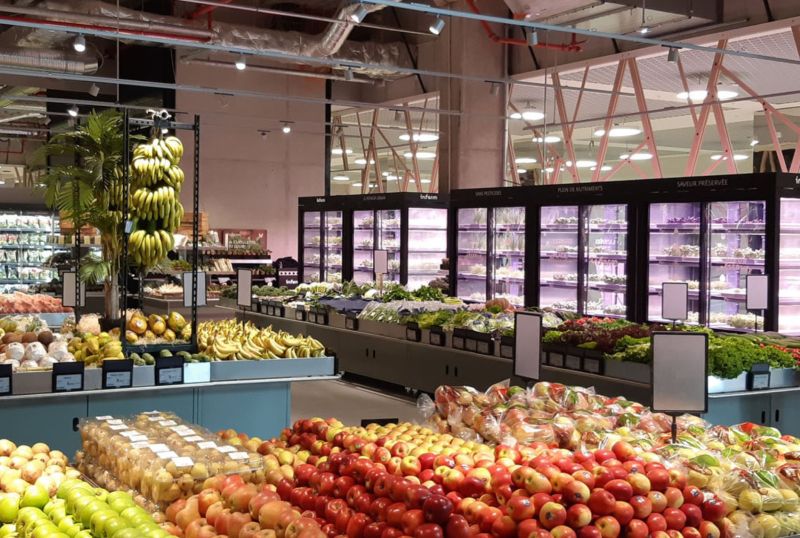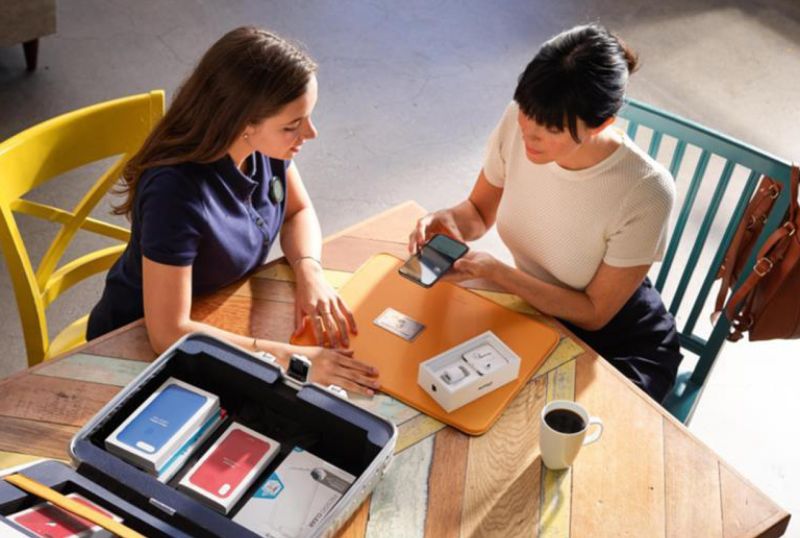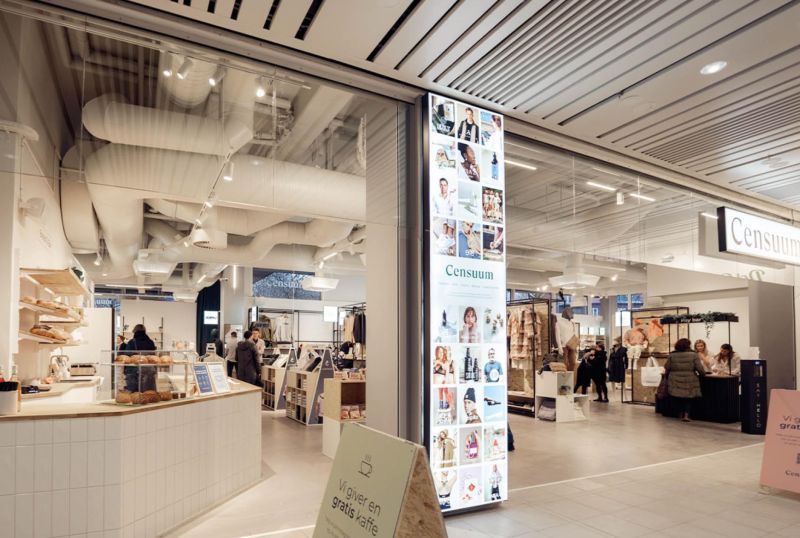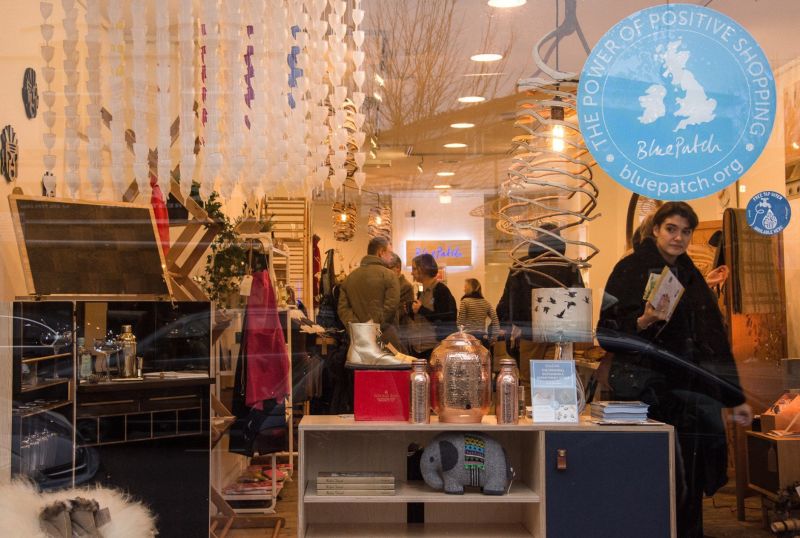10 tactical ways physical retailers can deliver sustainable development.
In our first article Why Having a Sustainable Strategy is Important for Physical Retail we identify that establishing and executing a pathway that leads to the goal of sustainability must now be a key focus for every retail business. This article takes a more tactical viewpoint.
Every sustainable development strategy must consider environmental, economic and social sustainability in order to have impact. Yet, for the majority of retail brands, the conversation surrounding sustainable development primarily focuses on environmental sustainability and, more specifically, on the in-store use of materials and their supply chain. Not only is this just one small piece of a very big puzzle, it doesn’t take advantage of physical retail’s greatest strength; the ability to use the physical space to raise the awareness of a cause, educate people of the issues and inspire individuals to take action. It’s through these activities that brands can extend their sustainable strategy with relative ease to have a considerable social impact as well.
Whilst there is no doubt that materials play an essential part in the sustainable development conversation, it is when retailers consider sustainability more broadly that they can have the most impact. The following examples represent a broad snapshot of the opportunities retailers have at their disposal. If you are a retailer with physical stores, we hope that with these tactical initiatives, you’re more able to influence your teams and the choices made by the wider business.
01. Materials
As a result of all the focus given to the use of sustainable materials in-store, this is one of the areas where we see a lot of progress.
Retailers must consider what materials and fixtures are being used and where they are being sourced from; for example, the use of FSC certified timber and energy-efficient lighting is becoming more widespread, but brands need to go further.
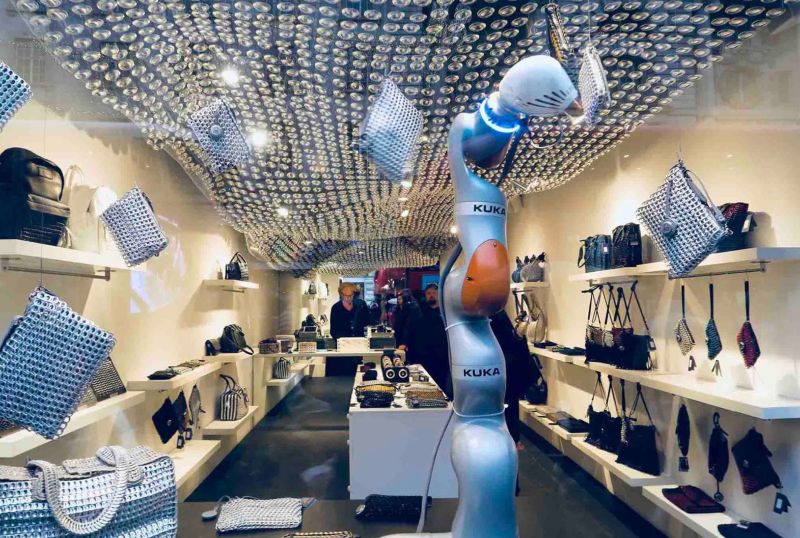
Retailers also need to understand the impact of materials at the end of the store’s life. Are the materials recyclable or reusable? Brands like Glossier, which largely focuses on pop-up formats, has used ‘living plant’ elements to define store spaces as an alternative to built fixtures.
The above initiatives represent great progress and go some way to addressing a business’ environmental and economic impact. But is there a social impact? The big challenge with sustainable fixture solutions is that, at best, they raise the customers’ awareness of the sustainability conversation only slightly. They do not provide any deeper education, inspire action or encourage customers to change their own habits.
02. Extending product life
Many retailers are helping customers change their habits by encouraging them to come back to their stores, not to buy new products, but to extend the life of their existing products. This is not a new idea, Apple has been offering device support and repairs for years through the AppleCare programme.
But now, we find ourselves in a moment where a culture of repair is emerging in society - partly driven by our desire to produce less waste and also with the link to a sense of hope and a restorative mindset. Many fashion retailers are tapping into this. Enabling customers to get involved in this way, motivating them to take sustainable action for themselves, represents positive social impact.
03. Rental retail
Many of us are familiar with the idea of renting cars through businesses like Zipcar, understanding that this is a greener approach to car use than car ownership. The same business model is something that retailers are beginning to adopt, especially in the fashion and furniture markets.
Businesses like Rent the Runway and Hurr rent out high-end fashion to customers who would otherwise not be able to afford them as a one off purchase. H&M owned fashion brand, Arket has set up a children’s clothing subscription service to alleviate the clothing waste resulting from fast-growing kids. Brands like IKEA, John Lewis and Muji have established furniture rental initiatives to support Millennials and Gen-Zers who are less concerned about ownership. Given the latest available figures, which state that £140m worth of clothing and 22 million pieces of furniture are sent to landfill every year in the UK alone, the real benefit is that these initiatives will reduce waste.
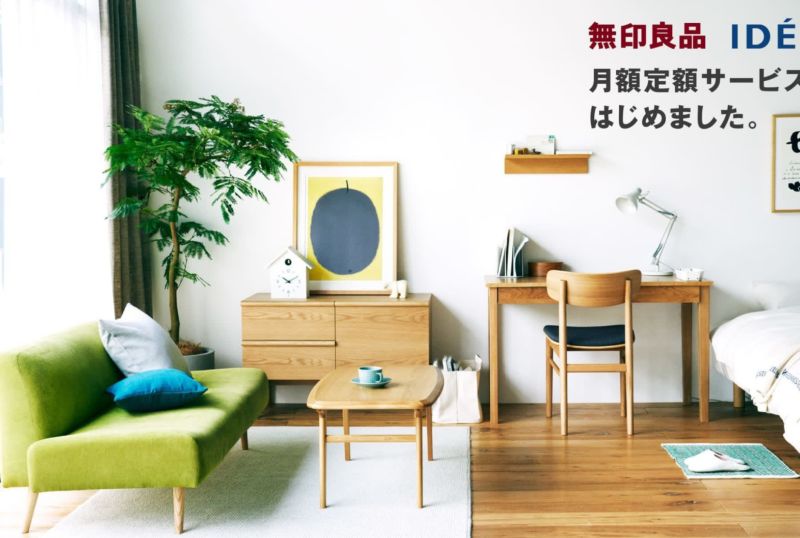
A circular economy approach (the practice of designing out waste, keeping products in use for longer and creating a regenerative mindset around resources) enables businesses to take on the long-term responsibility of the products they are introducing to the market. It ensures that the correct ‘end of life’ decisions are made, and waste is kept to a minimum. The added benefit of this approach is that it begins to change the consumer’s mindset, motivating a new type of consumption and raising their awareness of a more sustainable lifestyle.
04. Events and campaigns
Some brands are using in-store events to raise awareness, educate and inspire their customers. A number of IKEA stores host workshops for customers designed to educate them and help them live a more sustainable life at home. At their Home of Tomorrow space in Szczecin, Poland, they hosted workshops, meetings and open discussions with local authorities and activists to help inspire better sustainable habits at home.
In 2020, UK department store Selfridges took a different approach. They established a movement called ‘Project Earth’ which focused on all aspects of the shopping experience, from product curation (highlighting sustainable fashion brands) to the rental, repair, and a luxury handbag buy-back scheme. The beauty department championed plastic-free products, whilst their restaurants and food halls promoted plant-based and organic foods.
05. In-store supply chain
The majority of the environmental impact is in the retail supply chain. If consumer brands aspire to take action and have impact, investigating their supply chain is a great place to start. So how does this affect the physical store? The answer, the retail store can play ‘host’ to the supply chain.
Stores will stock less inventory and provide more of a showroom experience. CBRE’s ‘Future of Retail 2030’ report identifies the 3D printing of products on-demand as an innovation to look out for. When customers want to purchase an item, their unique and personalised product can be printed for them right there in-store. We’re also seeing supermarkets growing herbs and salad items in-store, reducing water, pesticide and transportation usage.
Whilst we may need to continue to be patient for in-store 3D printing to be more widely available, the concept of in-store manufacture does already exist. Both the fashion and food industries are exploring their own versions of this.
06. Review your property strategy
Choosing the right store location is not straightforward. Retailers must consider a long list of factors, from store size and shape to the catchment area and potential footfall… brand relevance, competition, supply and distribution of product, leasing costs, the list goes on.
Today, we need to add to that list how sustainable the property is. For some retailers there is the belief that targeting new property aligns better with their brand image, or that it provides the blank canvas they desire to deliver the ‘perfect’ environment. But the most sustainable route is to occupy a building that already exists. Even better, occupy a building that needs help; for example a run-down building in need of repair.
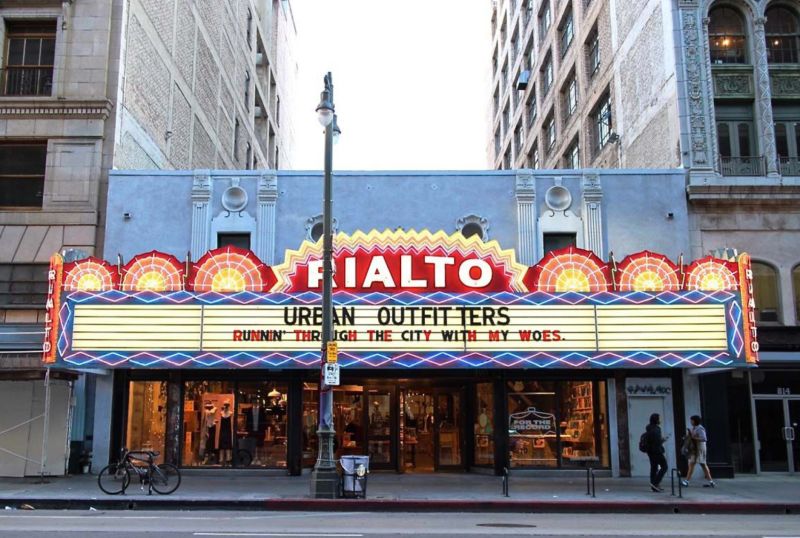
07. Store accessibility
Considering how easy it is for people to get to and from a store is a sustainability conversation.
Part of the success of the Starbucks Roastery in Shanghai (which has been awarded Platinum LEED certification) is in its proximity to public transport links, as Starbucks accounted for the environmental impact of their customer travelling to this site.
We can also look at store accessibility slightly differently. Rather than focusing on how customers come to the store, consider how the store might go to them? By taking a store to the customer, especially in more remote areas, the need for a fixed, traditional brick and mortar presence is removed.
If the circumstances are right, and if it makes sense for the brand and their offer, this approach removes the environmental impact associated with opening a new store and also reduces store-associated travel. Rather than inviting thousands of customers to travel many miles to a fixed store, one portable, mobile store can travel a well-planned and environmentally efficient route between locations and communities.
08. Become sustainable by association
If it is to be believed that we are the average of the five people we spend the most time with, retailers should look to build partnerships with other businesses taking sustainable action.
Retailers can choose to select properties run only by LEED-certified landlords such as Brookfield Properties in the US. In this way, their business becomes more aware of broader sustainable discussions and, by default, is integrated into a larger ecosystem of sustainable practices. After all, landlords control up to 60% of a retailer’s energy footprint
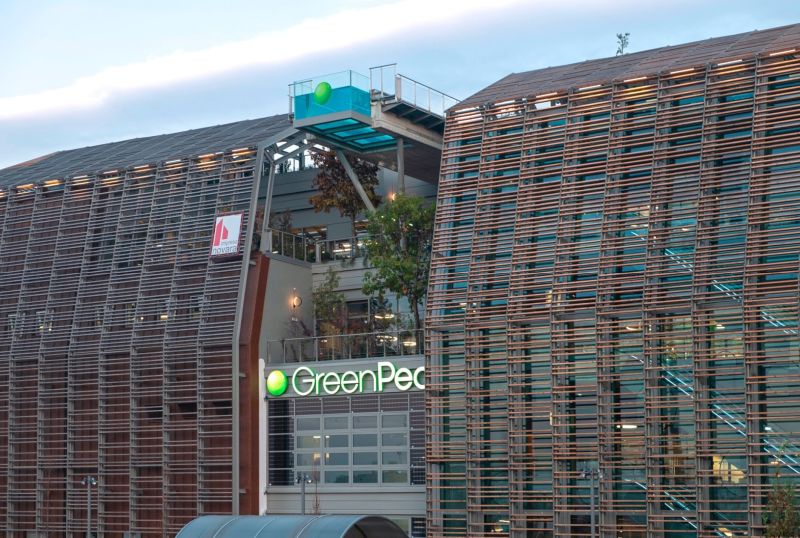
Alternatively a retailer can choose to only partner with brands and manufacturers who have themselves adopted a clear sustainable strategy. There are examples of malls like the Green Pea retail mall in Turin and retailers like Censuum in Copenhagen and London based pop-up retailer A Sustainable Department store who are doing this.
09. Fixture design
End of life consideration should not just be limited to the materials used, but also in how the store fixtures are designed.
It is critical to understand the upstream and downstream supply chains. At the point when fixtures are no longer needed, they should be easy to disassemble and the material make-up easy to separate so that they can be recycled. With this aspiration, logic suggests the best design is the one that uses the least number of materials.
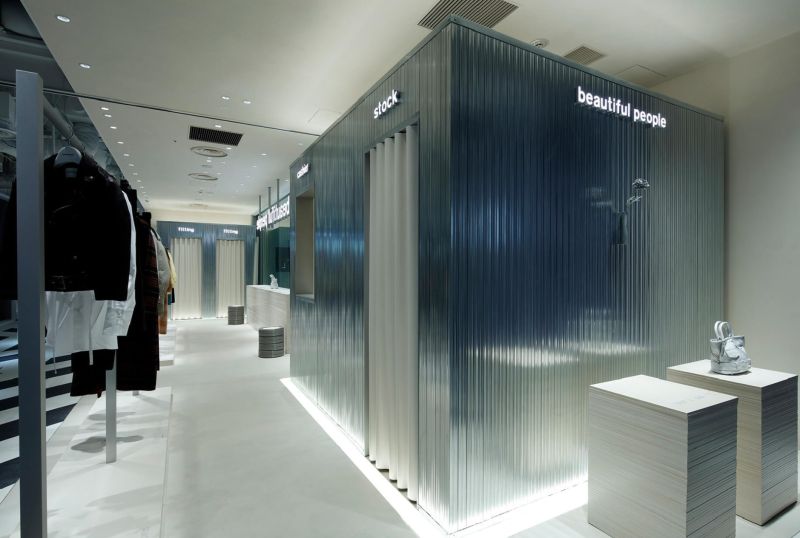
Retailers need to be able to brief designers from the outset what the intended longevity of a fixture is, so that an appropriate level of quality can be designed in. A fixture that is needed for two years will be designed and manufactured differently to one intended to last for seven years. Wherever possible, retailers should strive to optimise the use of any built fixture before its end of life. It may be that the life of the store fixture can extend beyond the life of the store itself. Fixtures may be re-used in other stores, in head offices as training tools, sold on to other retailers, or even customers.
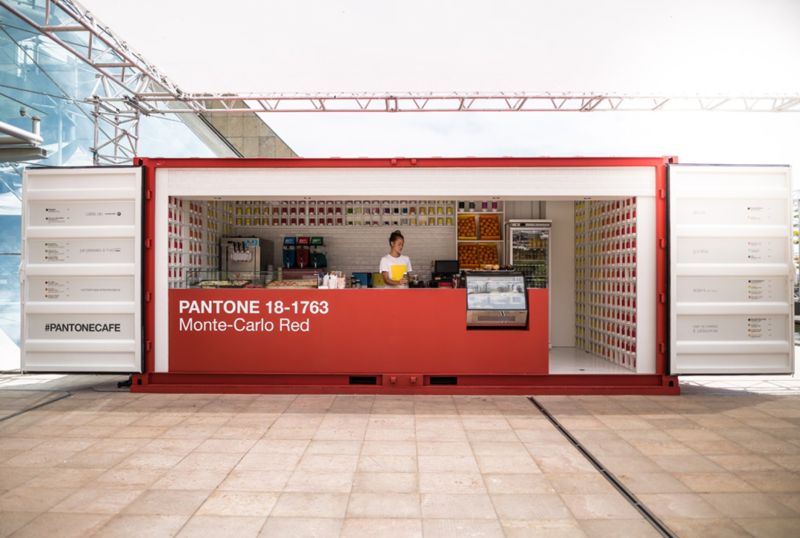
As we are all too well aware, retail is constantly evolving. New products and services are appearing quicker than ever before, and stores need to be able to adapt to tell these new stories. But the answer to this challenge is not to continually design, develop and manufacture new displays to accommodate these new offers. Retail designers must build in sufficient flexibility and modularity from the outset to accommodate the unexpected and prolong the life of the fixture.
10. Utilities and services
An overhaul of any retailer’s utilities and services can be a big undertaking. Often these are inherited from previous tenants or controlled by landlords and malls. Despite these challenges and barriers, we are seeing a lot of progress in the areas that the retailer can control.
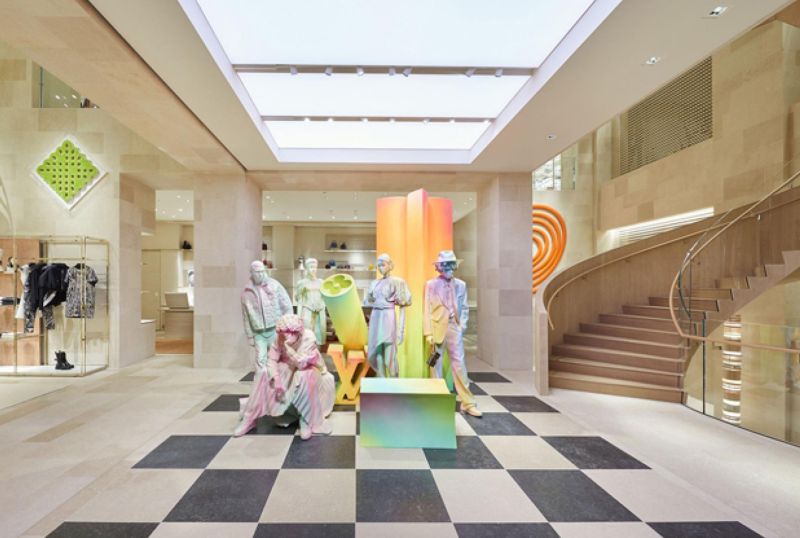
Ensuring that LED lighting is installed is a relatively straightforward initiative. LED lights are 75% more energy efficient than an incandescent equivalent and can last 25 times longer. Designers and architects are increasingly leveraging natural light. This not only reduces the demand for artificial light but positively impacts the wellbeing of the people who use the store environment. Increasing numbers of retailers are deploying smart lighting management technologies so that stores are lit to the appropriate levels and lit only when necessary.
Some actions have dual benefits; we are seeing many of the large supermarket chains offering a ‘quieter hour’ where lights are dimmed and checkout noise is lowered, designed for neurodiverse customers, this action inadvertently benefits the environment too.
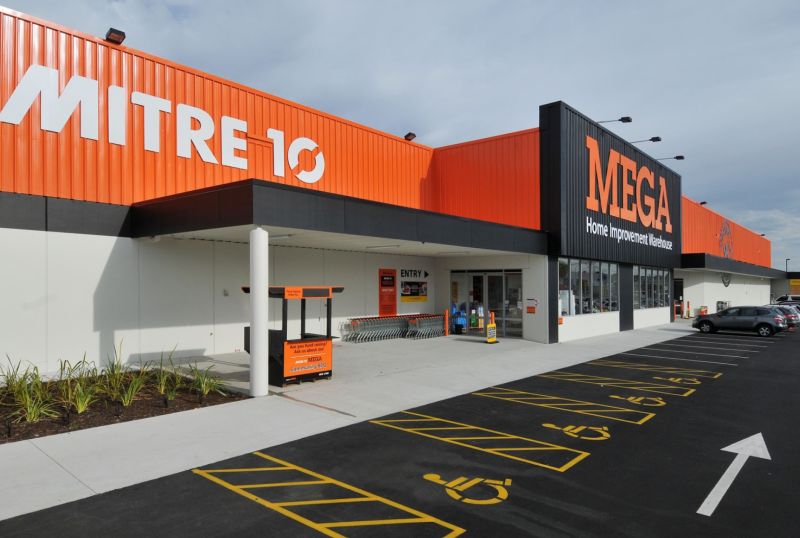
But this conversation is far bigger than just lighting. Around the world, retailers are looking at a broad range of interventions. Starbucks is monitoring its water usage, whilst numerous big businesses like Apple and IKEA are investing in renewable energy for their properties. The scope for operational teams to progress a business’ sustainable development is huge.
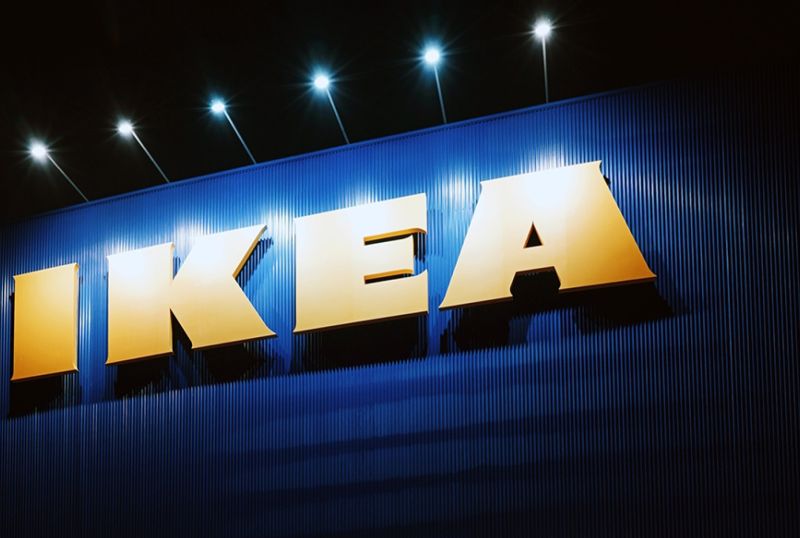
The good news is, improving the efficiency of your utilities and services has more than just environmental benefits. Energy savings generally mean cost savings too. 90% of retail businesses have highlighted cost saving as the biggest benefit to come out of reviewing their estate’s energy usage. Whilst big interventions can mean big cost savings, smaller changes can also have an impact.
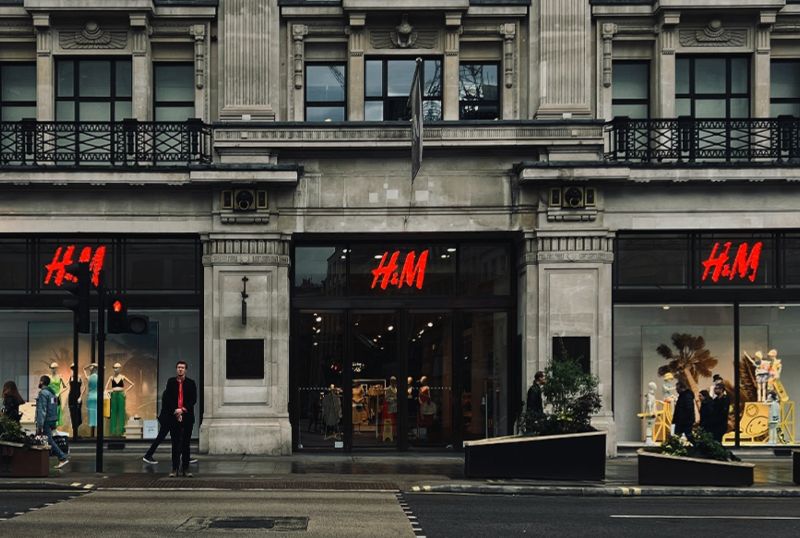
Just the tip of the iceberg
This snapshot into how broad the sustainability conversation is, demonstrates the amazing things that are already being done. Interestingly, many of the strategies are familiar, we’re just not used to looking at them through the lens of sustainability. Fixture modularity and store location, as examples, have traditionally been driven by other needs. When we examine sustainability closely, it often leads back to what we have previously labelled, good design and good business practice.
Whilst many of these initiatives may demand significant change and investment, it’s important to remember that sustainable development can also be delivered via smaller, less overwhelming initiatives. The key is that every retail brand acknowledges that they have a responsibility to establish a sustainable strategy that is achievable for their business and enables them to make progress now and into the future.
If you have found this helpful and would like to read more, take a look at our article Why having a sustainable strategy is important for physical retail.
Next Steps...
Need help in identifying sustainability opportunities across your retail estate, for the short, medium and long term?
Please feel free to reach out to us here, and we can discuss in more detail.
If you would like to get a copy of the sources that supported the creation of this article please get in touch.




